#faber
Explore tagged Tumblr posts
Text

Special publication day covers for Faber Books
INTERMEZZO by Sally Ronney
#illustration#maria ines gul#book#cover#sally rooney#intermezzo#faber#mariainesgul#dog#greyhound#chess#novel
229 notes
·
View notes
Text

Brian W. Aldiss - The Moment of Eclipse - Faber and Faber - 1970 (jacket design by Gerome Gask)
#witches#fabrī#occult#vintage#the moment of eclipse#moment#eclipse#faber and faber#brian w. aldiss#brian aldiss#faber#gerome gask#1970
55 notes
·
View notes
Text

18 Febbraio 1940
#faber 🖤
26 notes
·
View notes
Text
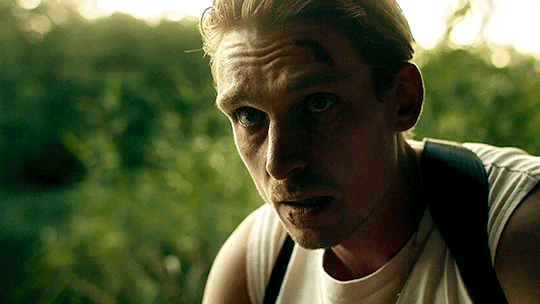

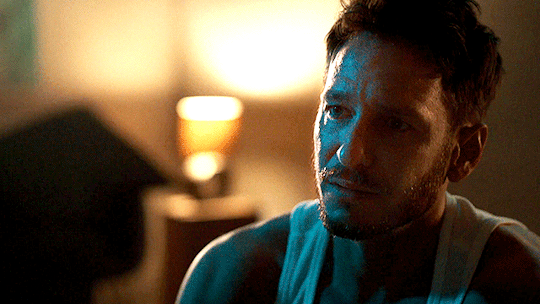

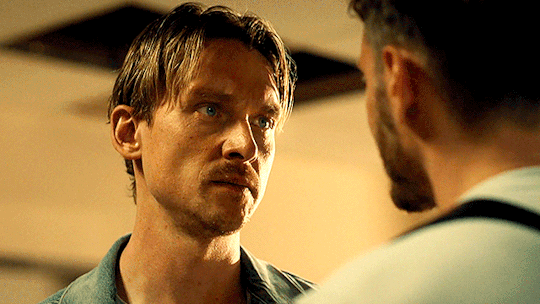



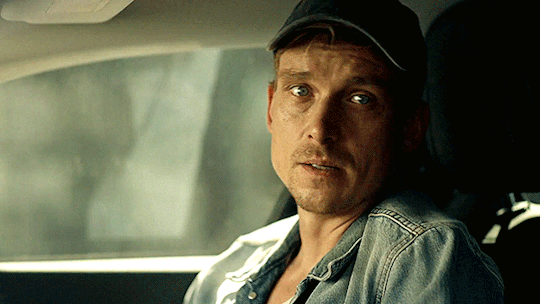

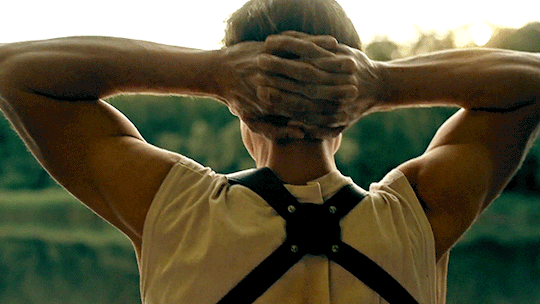
sad adam pov x faber
#every song is a hörk song if you are delusional enough#nein im ernst dieser song passt doch wie die faust aufs auge zu kde/fdg hörk#hörk#tatort saarbrücken#spatort#adam schürk#leo hölzer#faber#lass mich nicht los#lyrics#mine
124 notes
·
View notes
Text


11/02/2024 post-game
48 notes
·
View notes
Text




x | brock faber in his becoming wild ep
#i’m soooo okay rn haha!!!!#SOFTBALL APPEARANCE 😩#brock faber#minnesota wild#hockey#nhl#gif#*#wild#faber#brodzy at 2nd jax at short makes TOO much sense#i would think that jax would be a 3rd baseman but a middle infielder does make sense#speaking of 3rd baseman. was that CAL there?#he gives off right or middle infielder (kinda) or even darling pitcher vibes#was mason the centerfielder 🥲🥲🥲🥲#i am NEVER beating the romanticizing sport positions allegations#softball brain is SO haywire#it’s abt the dynamicssssssss#libs and setters are the same thing as pitchers and catchers. are you listening to me. is this thing on
214 notes
·
View notes
Text

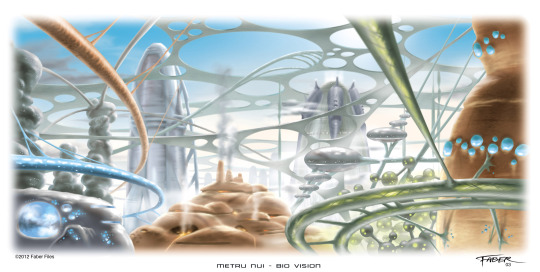
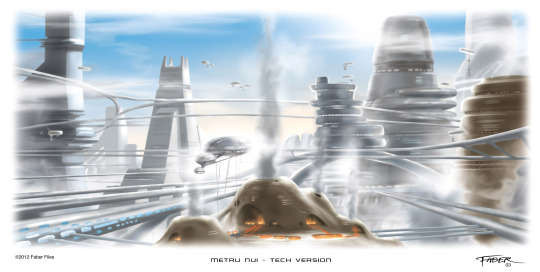
2004 metru nui concept art by christian faber
186 notes
·
View notes
Text
Ich bin ganz allein
Ganz allein mit dem Gefühl, allein zu sein
Ich red' nicht von Drogen, wenn ich sag': „Ich zieh' 'nen Schlussstrich“
Ich bin froh, sagen zu können: „Es war lustig“
Mach dir keine Sorgen, hab' einen Strick für alle Fälle
Das Leben ist 'ne Phase und der Rest ist die Hölle
33 notes
·
View notes
Text

Ma che la baciai perdio, sì lo ricordo. E il mio cuore le restò sulle labbra.
9 notes
·
View notes
Text
Mein Kopf ist ein Gefängnis
Mit dem Wärter hab' ich's verscherzt
Ein gutes Gedächtnis
Heißt immer schlechtes Gewissen
Ich werd' mich dran erinnern
Dich endlich zu vergessen
7 notes
·
View notes
Text

#richard armitage#w.h. auden#homage to clio#the more loving one#faber#faber books#post#instagram#news
31 notes
·
View notes
Text
7 notes
·
View notes
Text
Faber Zitat: „Och, Frau Herzog. Ihre Mutter verzeiht Ihnen Ihren Verrat nicht. Pawlak hat Sie belogen und ausgenutzt. Ich gehe Ihnen auf'n Sack. Unsere Chefs lassen Sie am langen Arm verhungern. Arschloch Haller ist wieder da. Das Wetter ist auch scheiße. Suchense sich 'n Grund aus! Oder nehmense alle zusammen, was ich persönlich empfehlen würde.“
Die Aussage war schon eine zehn von zehn✨
40 notes
·
View notes
Text
„What’s the song of the summer“ ?? it’s HOFFNIGSLOS HOFFNIGSLOS for the 3rd year in a row
#say it with me: DE SUMMER ISCH ABGSEIT ICH HAN ALLES PROBIERT ICH GUMPE VOM SPRUNGBRETT INES TÜFDRUCKGEBIET#august is once again out to get me and frankly succeeding#faber
12 notes
·
View notes
Text
voting we keep Faber safe at all costs ok thanks that's all
7 notes
·
View notes
